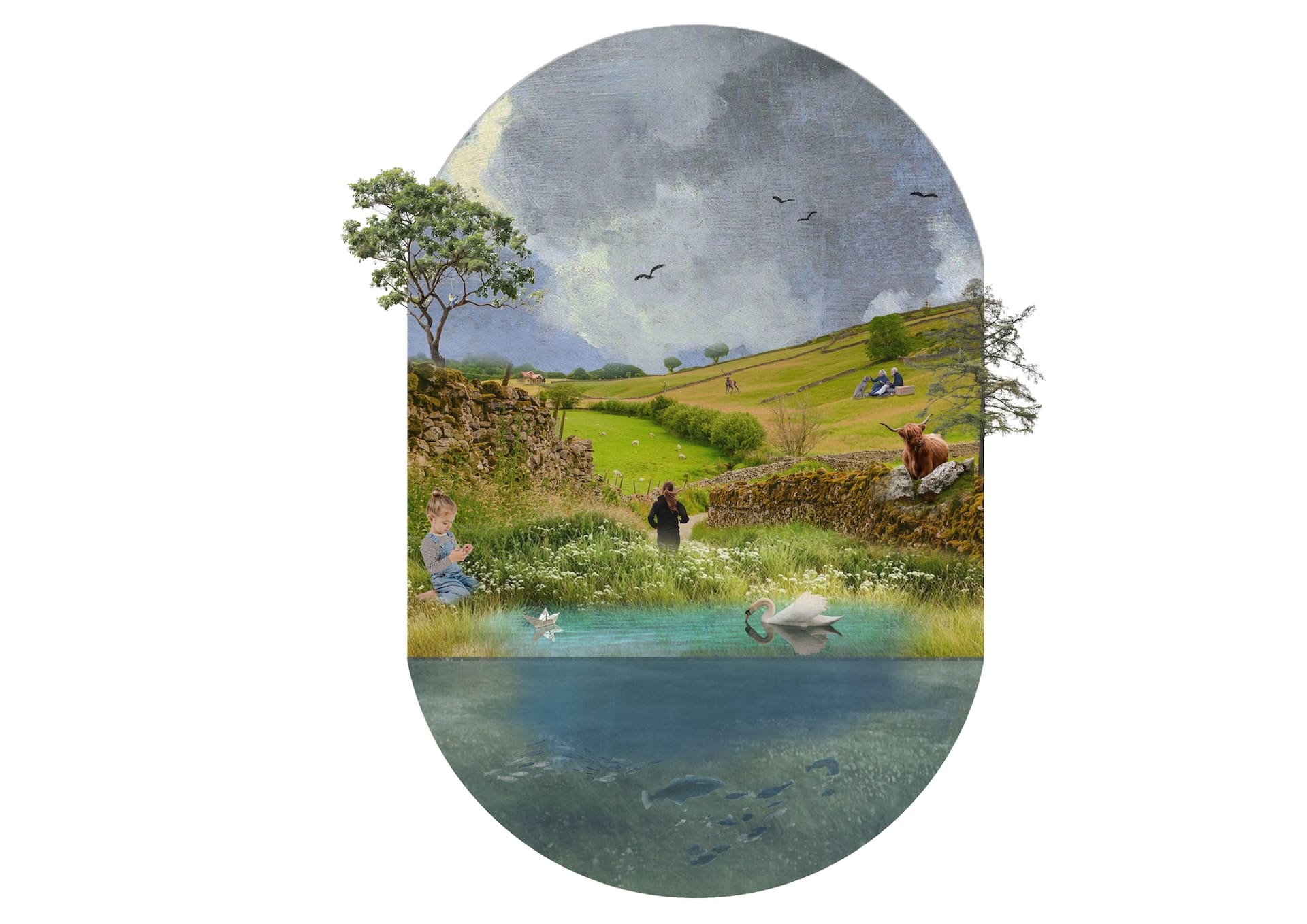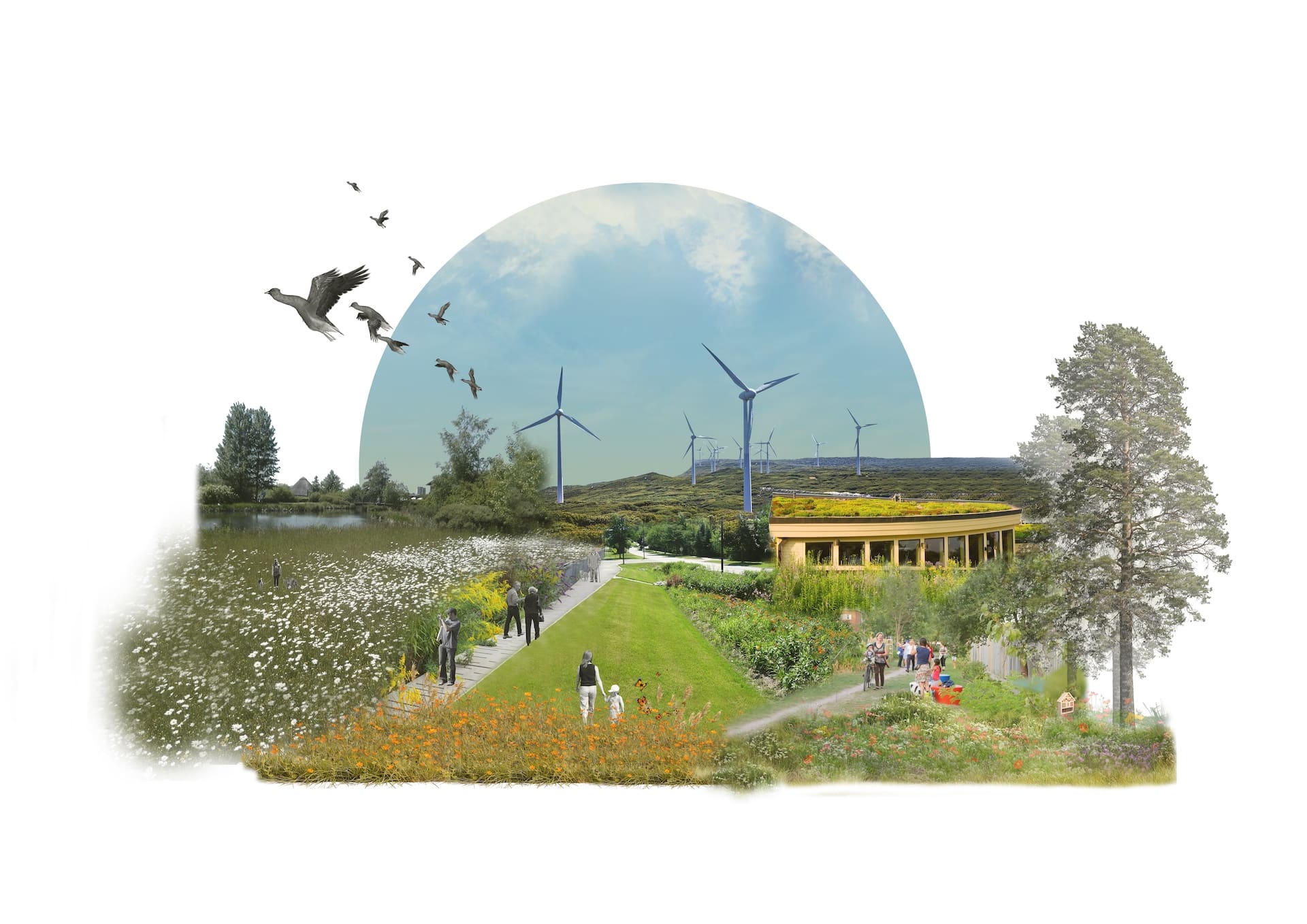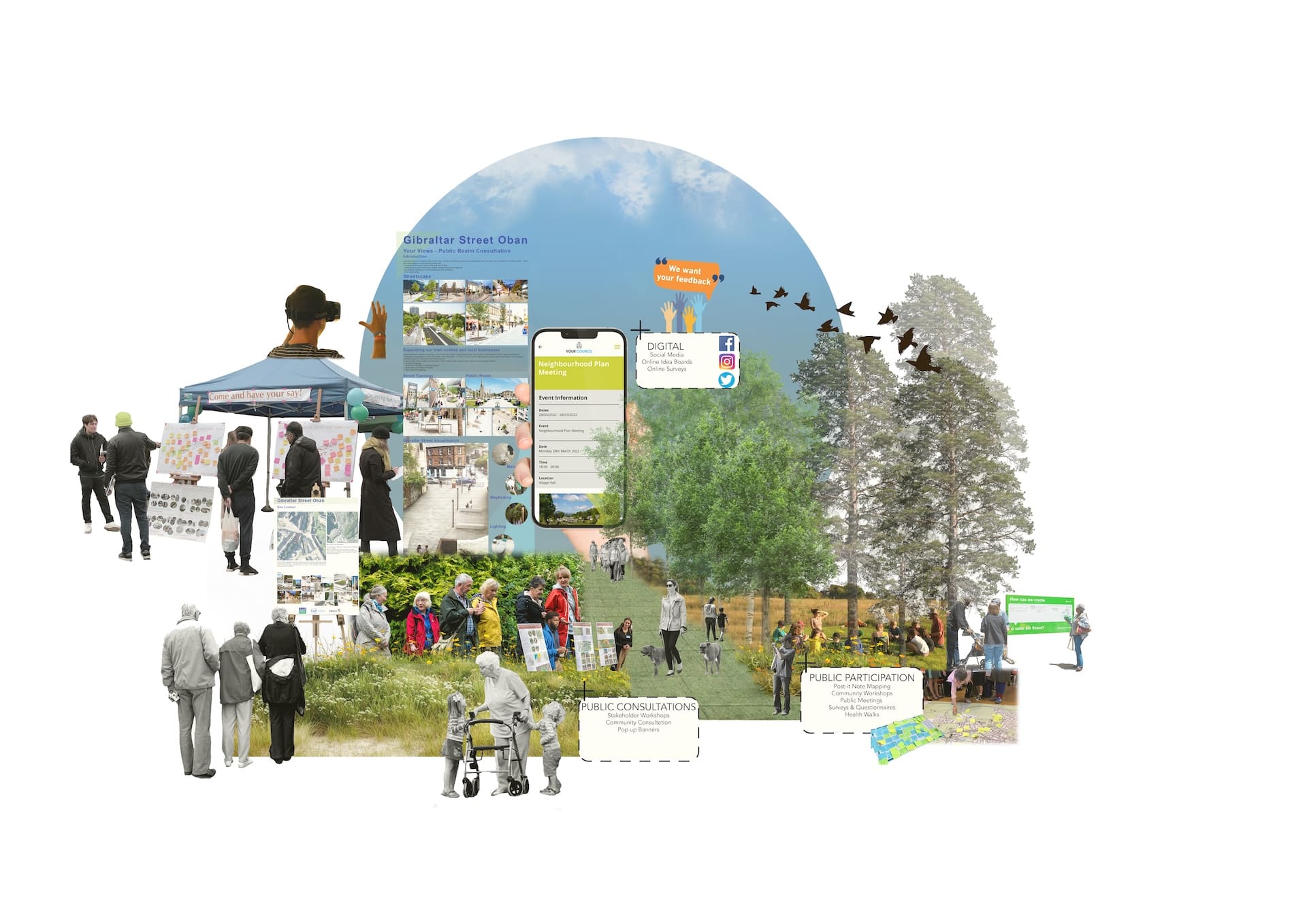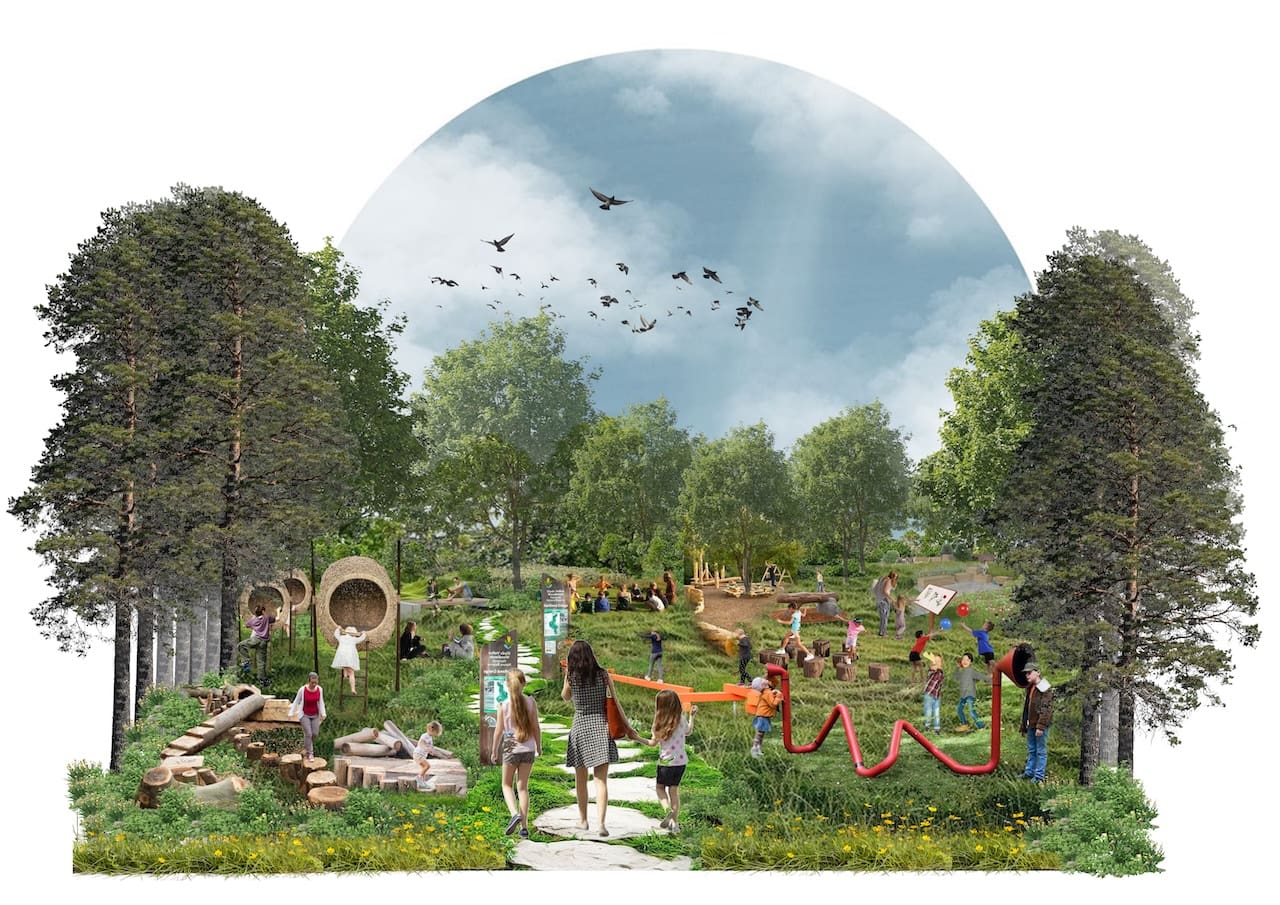Written by Aishwarya Kohli
Biodiversity serves as a fundamental design principle in landscape architecture, guiding the creation of resilient and ecologically rich environments that support diverse plant and animal communities. Landscape architects who embrace this principle prioritize native species selection, creating habitats that provide food sources, nesting sites, and corridors for local wildlife while reducing maintenance requirements and water consumption.
The design process involves careful analysis of existing ecosystems, soil conditions, and microclimates to determine which species combinations will thrive and create synergistic relationships within the landscape. Layered planting strategies that mimic natural forest structures—from canopy trees to understory shrubs to ground-level plants—maximize habitat diversity and create complex ecological niches. Water features such as rain gardens, bioswales, and constructed wetlands not only manage stormwater but also attract amphibians, birds, and beneficial insects while supporting aquatic plant communities. Connectivity between green spaces becomes crucial, as landscape architects design wildlife corridors and stepping-stone habitats that allow species movement across fragmented urban environments.
Seasonal variation in plant selection ensures year-round resources for wildlife, with early spring bloomers supporting pollinators, summer fruiting plants feeding birds, and winter seed heads providing sustenance during harsh months. The integration of biodiversity principles often involves removing invasive species and restoring degraded areas to their historical ecological conditions, requiring ongoing monitoring and adaptive management strategies. Educational components such as interpretive signage and demonstration gardens help users understand and appreciate the ecological functions occurring within biodiverse landscapes.
Ultimately, biodiversity-centred landscape architecture creates spaces that are not only aesthetically pleasing but also contribute to urban ecosystem health, climate resilience, and the preservation of regional ecological heritage.











